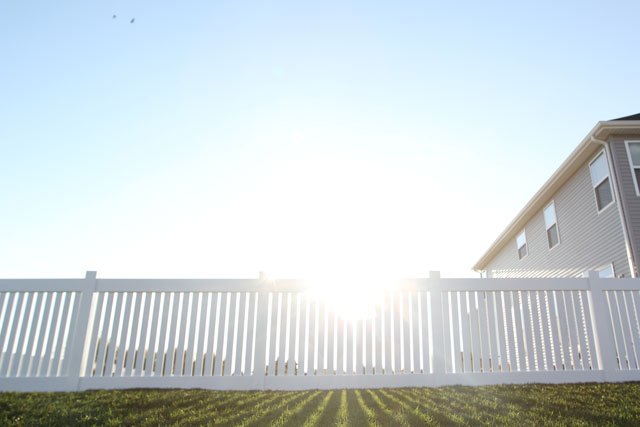
Are you considering fencing in your property or replacing an existing fence? If so, one of the first questions you likely to have is, "What is the average cost of a fence?" or "How much does a fence usually cost?" Answering this question is more complex than you might think. Several factors can significantly affect the cost of your fence project, such as the height, material chosen, style, total length, labor costs, and additional customizations. This comprehensive guide will look at these cost variables in-depth and provide accurate insights into the average cost for a new fence.
Here at Cedar Mountain Fence, we have put in thousands of fences over the last ten years, and based on all our data, most homeowners can expect to spend anywhere from $4,000 to $15,000+ for a new fence installation. Across the board, regardless of style, property size, material, etc., the average cost of fence installation is $7500. However, this number can vary depending on specific project details, local market prices, and regional cost differences.
The height of your backyard fence plays a significant role in not only determining the average cost of your backyard fence but also the overall aesthetics, functionality, and purpose. Homeowners often consider various factors when choosing the height of their backyard fence, including privacy, security, local regulations, and budget constraints.
Backyard fences come in various heights, typically 3 to 8 feet, depending on the purpose and local regulations. Each height option serves a specific purpose and offers different benefits to homeowners. Let's take a closer look at some standard fence heights and how they affect the cost of your fence:
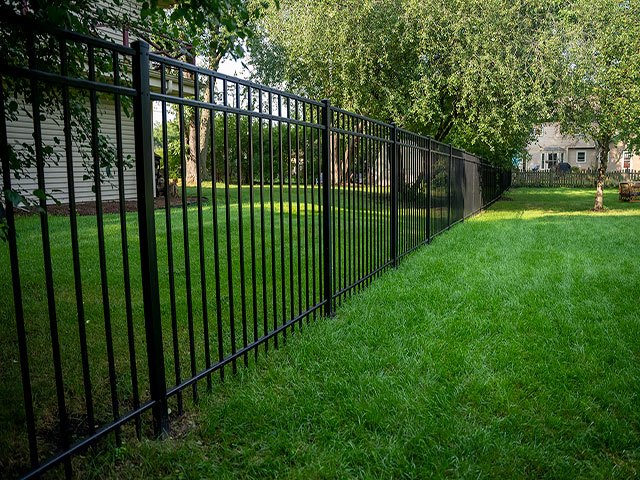
The height of your backyard fence plays a significant role in not only determining the cost of your fence but also the overall aesthetics, functionality, and purpose. Homeowners often consider various factors when choosing the height of their backyard fence, including privacy, security, local regulations, and budget constraints.
Backyard fences come in various heights, typically 3 to 8 feet, depending on the purpose and local regulations. Each height option serves a specific purpose and offers different benefits to homeowners. Let's take a closer look at some standard fence heights and how they affect the cost of your fence:
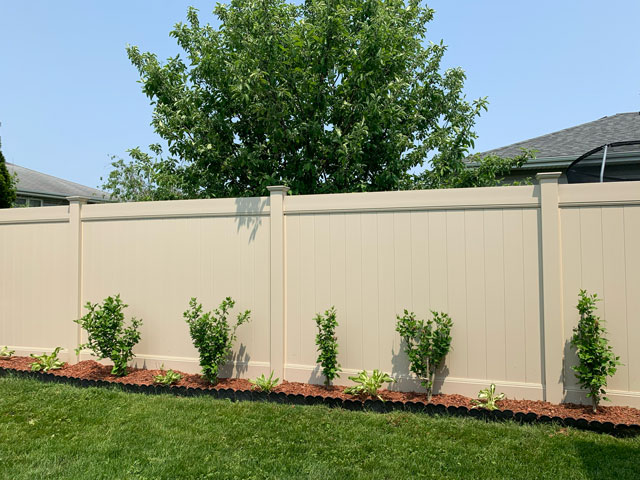
Fences in this height range are great for privacy or decorative designs but are a little more expensive. They are often preferred in residential areas to maintain visibility while enhancing privacy. A 5 to 6-foot fence can deter intruders and keep small pets and children safely contained within the yard. The cost of these fences is moderate, making them a popular choice for many homeowners.
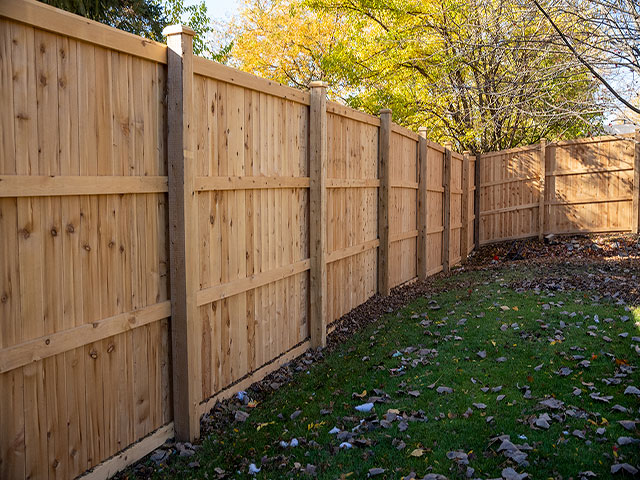
This height of fence is primarily used for privacy and security, and they are rare in residual areas because the villages restrict the height of fencing to 6' for residential. A 7-8 foot fence can be used if you are unincorporated or commercial. However, taller fences generally require more materials, labor, and expertise to install, which can greatly effect the average cost of a fence.
Remember, the height of the fence isn't the only factor that affects how much a fence costs. The type of material it's made from can change the price, too.
The type of material you choose directly affects the fence's total cost. Here at Cedar Mountain Fence, the common materials are wood, vinyl, and aluminum. Each of these materials has advantages and disadvantages, and choosing between them is a balance of personal preference, budget, and long-term value.

Wood fencing has been around since the beginning and is an excellent option for homeowners. For budget-conscious customers, wood is generally the most economical option upfront. Typically the average cost of wood fence installation is between $20 and $40 per linear foot, including labor charges. This cost can increase or decrease based on the specific type of wood and fence style chosen. However, it is essential to consider the long-term costs associated with wood fencing.
Despite its affordability, wood fencing is less durable than vinyl or aluminum. Over time, wood is susceptible to weathering and rotting. If properly cared for, wood fences can last around 10-15 years, but they may require replacement or significant repair after this period. Homeowners should also consider the expenses of staining or painting wood fences to maintain their appearance and prolong their lifespan. If you plan on staying at your house for less than ten years, a wood fence is an excellent option for you and highly recommended.
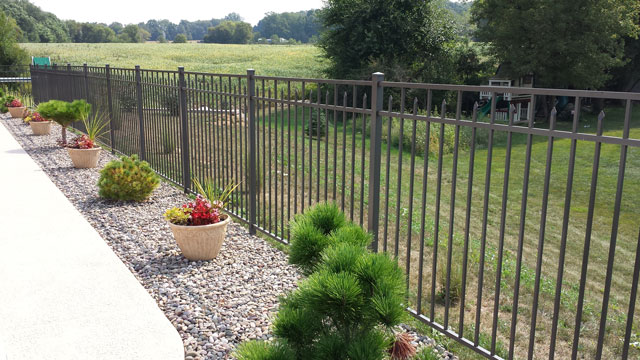
Aluminum fencing is an excellent option for people who don't need privacy, want a low-maintenance fence, and aren't trying to break the bank. One of its most significant selling points is its cost-effectiveness. Aluminum fences are more affordable than vinyl and can be an excellent option for those on a budget. Additionally, aluminum is highly resistant to corrosion and requires minimal maintenance, making it an attractive long-term investment. The average fence installation cost for aluminum fences ranges between $28 to $38 per linear foot, including labor charges, gates, etc.
However, while aluminum fencing offers durability and a modern aesthetic, it lacks the privacy many homeowners desire. Its open design with widely spaced pickets could be better for people with small dogs or who want privacy. As a result, those looking for a private and secure enclosure may need more than aluminum fencing.
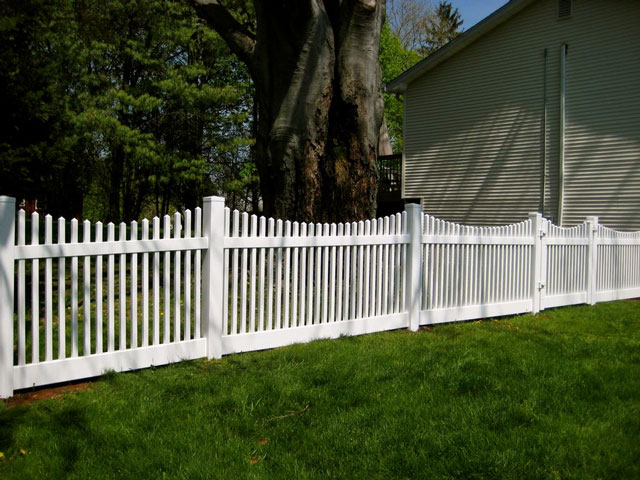
Vinyl fencing reigns as the top-tier option regarding quality, versatility, and longevity. Its initial cost may be higher than wood or aluminum, but its long-term benefits often outweigh the upfront investment. Vinyl fences boast remarkable durability and resilience, capable of withstanding harsh weather conditions without succumbing to rot, rust, or pests. The average cost of vinyl fence installation cost is $36 to $55 per linear foot, including installation, gates, dirt removal, etc.
Furthermore, vinyl fences offer exceptional versatility in terms of design (similar to wood). Homeowners can choose from various styles, including spaced picket, decorative, and privacy options. The privacy style, in particular, is 100% privacy since the pickets are tongue and groove, making them an excellent choice for those who want privacy. Additionally, vinyl fences are virtually maintenance-free, which means minimal ongoing expenses.
In summary, the cost of your fencing project will significantly depend on the materials you choose. Wood offers multiple styles and is a budget-friendly but less durable option; on average, wood fencing costs between $20 to $40 per foot. Aluminum balances cost and durability but lacks privacy, and the typical cost of aluminum fencing is $28 to $38 per foot. Vinyl, being the most expensive, offers the best of both worlds, with strong durability, versatile options, and long-term cost-effectiveness, and the average cost of a vinyl fence is $36 to $55 per foot. Your fencing material choice ultimately depends on your budget, style, and preference for durability. Each material offers its unique blend of cost and benefit, making it essential to consider your specific needs and preferences when planning your project.
After assessing the impact of fence height and material on cost, we've determined that the style of fence you select is the next significant factor in determining the cost. Basic fence styles like a 4-foot picket fence are generally more budget-friendly than intricate designs like a 6-foot board-on-board or privacy fences. The complexity of the fence's design increases the amount of materials needed and the labor required for installation, which can raise the cost. Here is a list of the top fence-style options:
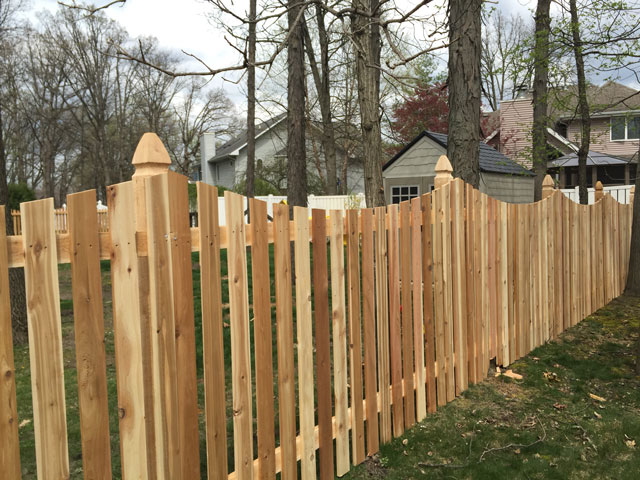
There are different design options available for this style of fence, such as a rolling arch, a scallop, or a straight-top picket fence. The cost difference between these designs is minimal so you can choose based on your preference. Usually, spaced picket fences are 4 or 5 feet tall, while a 6-foot picket fence is rare. You can get a wood, vinyl, or aluminum-spaced picket fence. The average cost of a spaced picket fence depends on the height, material, and style combined.
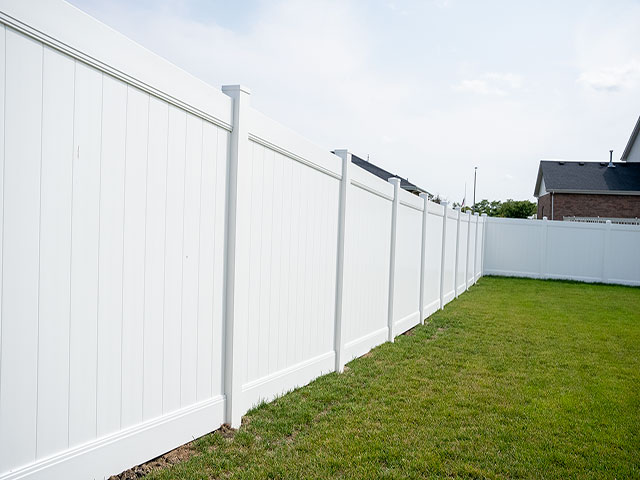
For a long time, the only option for a privacy fence was wood, but now, you can get a privacy fence in wood or vinyl, and the cost between these two options is high. When it comes to the styles, with wood, you can do a traditional privacy or a D.E. straight top. There is no cost difference between these two options. For vinyl, there is only one option for privacy, but you can choose from multiple colors. Choosing between the height, the material, and the style ultimately comes down to your desired aesthetics and the budget.
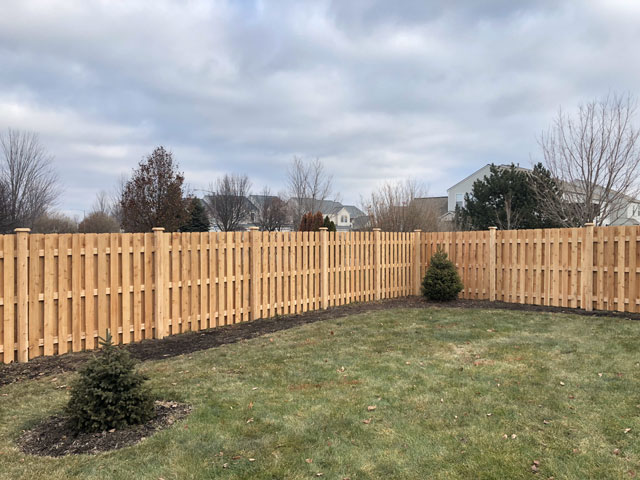
If you're considering a shadowbox fence for your property, you should know that it can come in various shapes, such as straight, arched, or scalloped, depending on your taste. Compared to other types of fences, such as picket and solid ones, it requires more boards per panel, which makes it a bit more expensive. However, the double-sided boarding design of the shadowbox fence offers both privacy and allows the wind to flow through
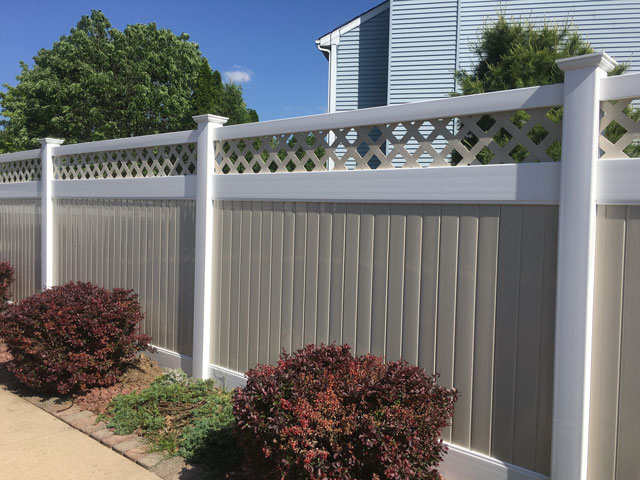
If you're looking for a luxurious touch, a decorative wooden fence is the best choice, but it comes with a higher cost. These fences are made to order and take longer to build. It would be best to ask a fence expert for a personalized quote to get a decorative wood or vinyl fence. These fences would be more expensive than the average fences out there because they are custom.
When trying to find the average cost of a fence, the overall dimensions of your yard play a vital role. There are a few methods to determine this:
In any case, a fence's cost is calculated per foot. If you know your total footage and the cost per foot of your fence, you can calculate the cost of your fence.
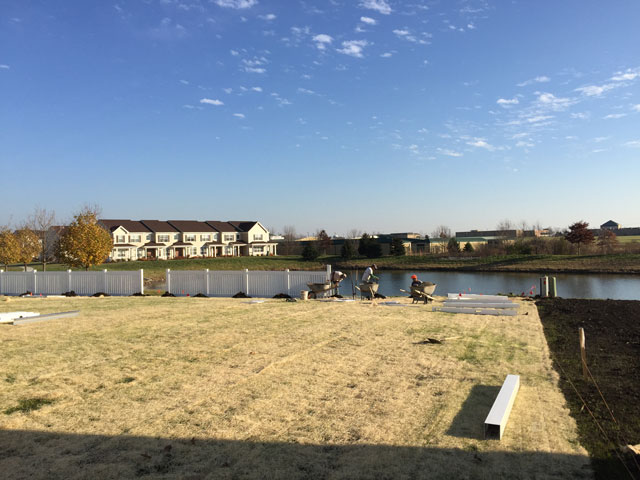
Labor costs are crucial in determining a fence project's overall cost and quality. The average cost for a handyman is around $2 to 6 per foot for the fence installation. Opting for a handyman to save money may initially seem cost-effective, but it can lead to several potential issues. While a handyperson may offer lower hourly rates, they may need more expertise and specialized skills for a durable, long-lasting fence installation. Their lack of experience can result in improper measurements, shoddy construction, and the use of inferior materials, leading to a fence that may not withstand the test of time. Over the years, there have been several times that we have been hired to redo the fence that a handyman previously installed.
On the other hand, hiring a professional fence company might entail higher labor costs, but it significantly enhances the overall value and longevity of the fence. A professional fence company's average cost per foot is $6-10 per foot. Professional fence companies employ skilled fence crews with the knowledge and experience to execute the fence installation correctly. They are well-versed in industry best practices and regulations and can efficiently handle any unforeseen challenges during the project. Investing in professional labor ensures the fence is installed correctly, using high-quality materials and techniques that enhance its durability and longevity. As a result, homeowners can enjoy peace of mind knowing that their fence will endure for many years, ultimately saving money on future repairs or replacements.
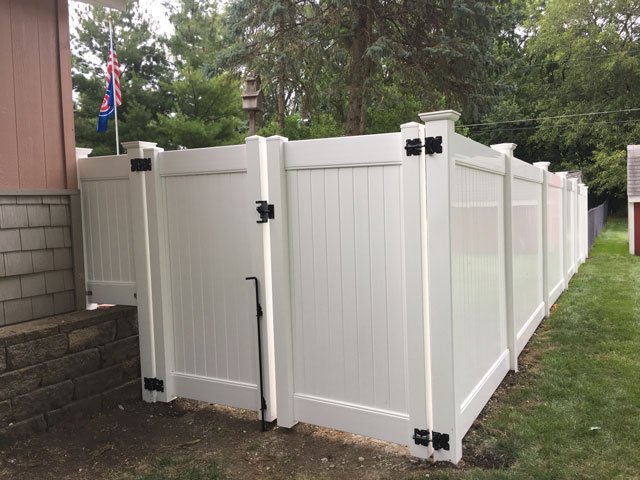
Adding a gate will increase your total fencing cost. A standard walk-through gate can cost between $200 and $750, while an automatic driveway gate may range from $2000 to $5,000+. Other add-ons like post caps and fence toppers will also contribute to the cost.
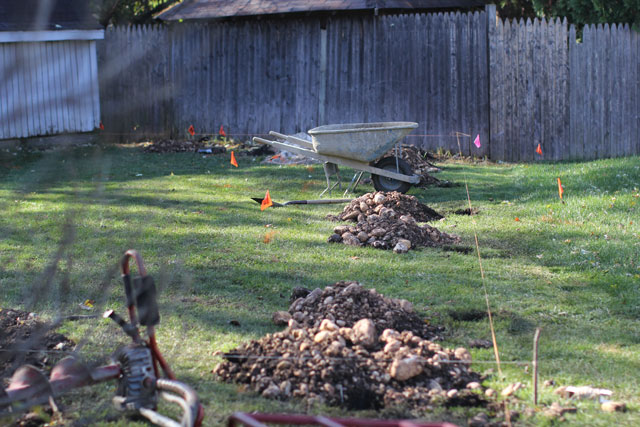
Not every customers has an existing fence that needs to be removed, but that can add $2-3 per foot to the cost of your fence installation. Also, there is a lot of leftover dirt, and we always recommend that the fence company take the dirt. That usually adds $1-2 per foot to remove the dirt.
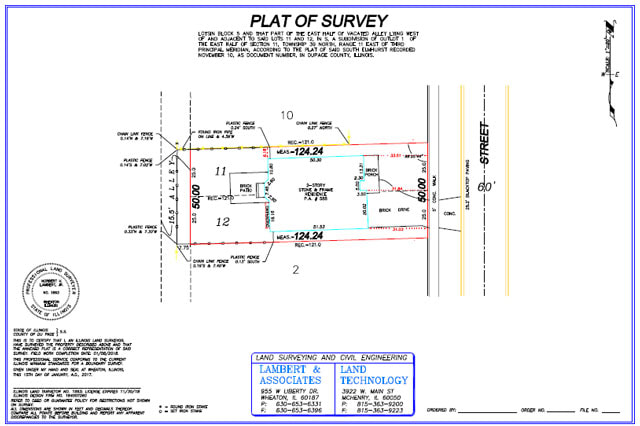
Depending on your village, you may need a permit to install a fence, and costs can vary from $50 to $500. Furthermore, property surveys might be necessary to identify property lines accurately and can cost anywhere from $250 to $1,000.
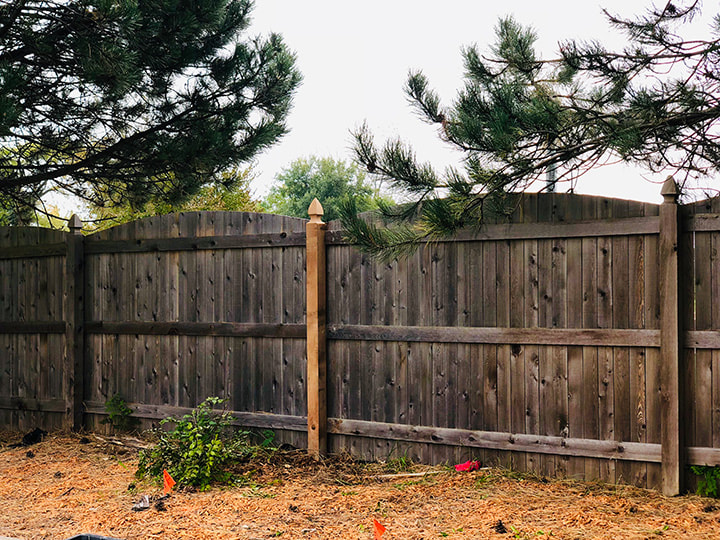
Remember to factor in maintenance costs when budgeting for your fence. Wood fences might need repainting or resealing every two years, while aluminum and vinyl fences are very low maintenance. You can save money on the front end with wood fences, but the cost of your fence is more expensive over time with repairs and maintenance if you plan on staying at your house for a long time.
Here at Cedar Mountain Fence, we have put in thousands of fences over the last ten years, and based on all our data, homeowners can expect to spend anywhere from $4,000 to $15,000+ for a new fence installation. If you take the average across the board, regardless of style, property size, material, etc., a fence's average cost is $7500.
The average cost of a fence is affected by various factors, from the height, materials, and labor costs to additional features and maintenance. By understanding these elements, you can make an informed decision that balances aesthetic appeal, durability, and budget when installing your fence. Despite the cost, remember that a well-chosen, well-maintained fence can increase your property's value, provide security, and offer an enhanced sense of privacy.
While the average fence cost gives you a baseline, every project is unique. Getting several estimates from local contractors is always a good idea to ensure you get the best price for your project.
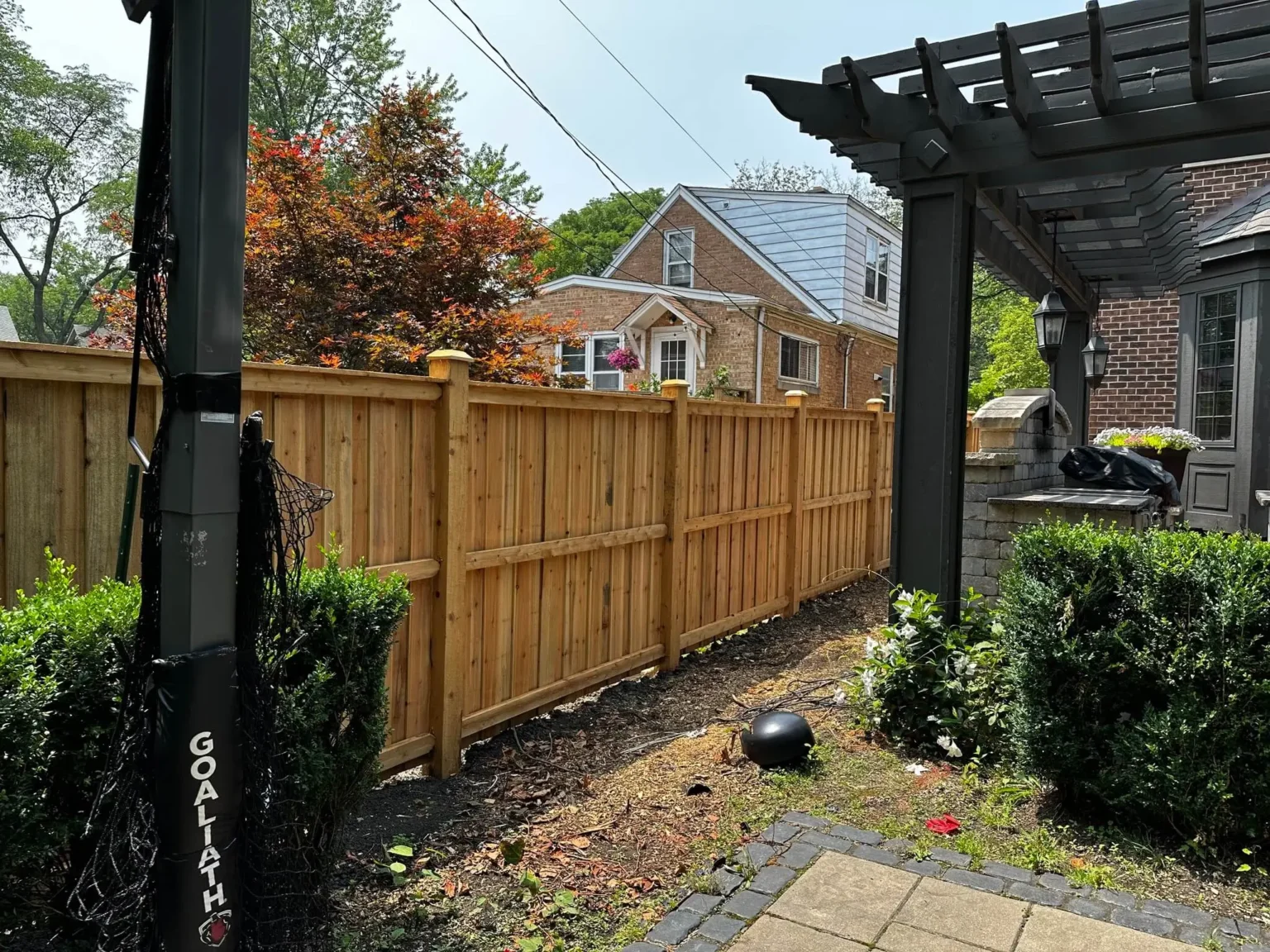
Ready to schedule your fence estimate? Please call us or fill out the form below to schedule your free fence estimate. We will contact you via phone or sms to schedule your free fence estimate. Thank you!